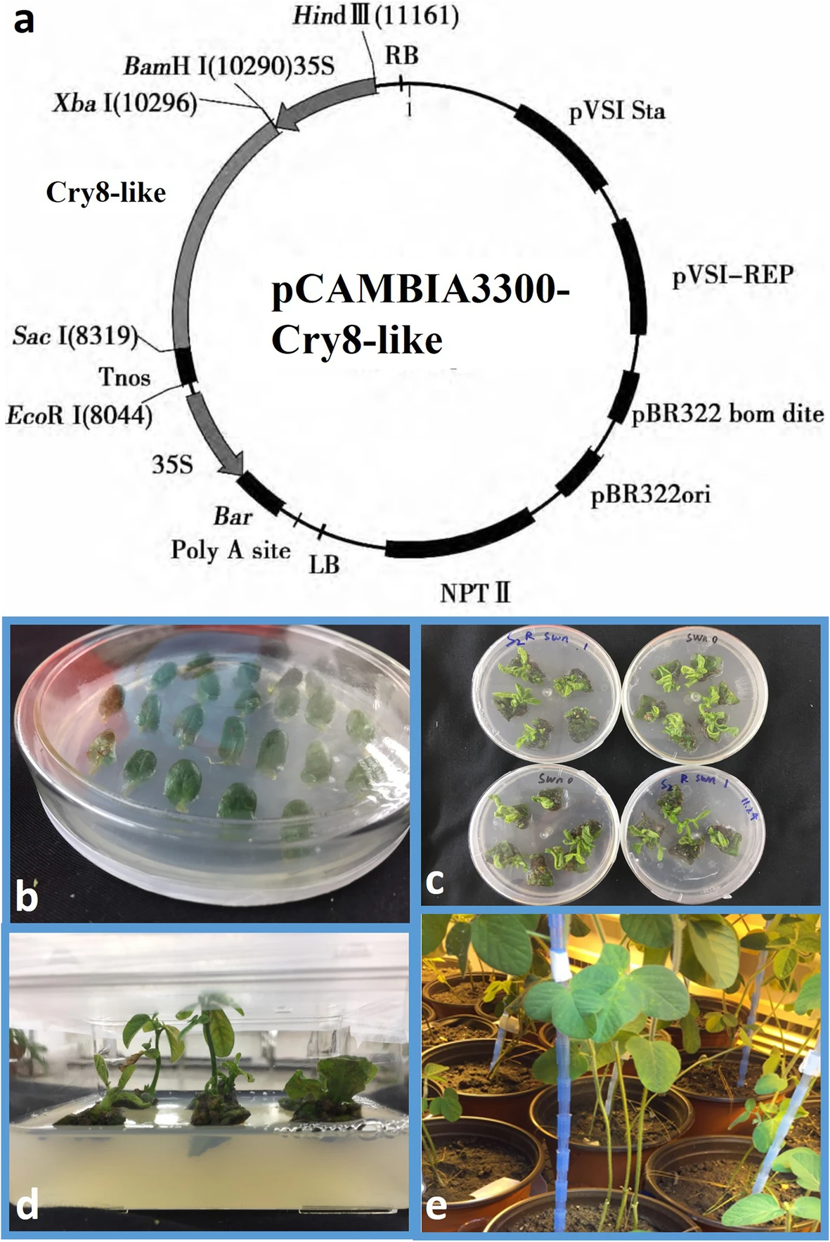Transgenes: Effects on Ecology and Evolution

A transgene is a gene that has been transferred naturally, or by any of a number of genetic engineering techniques, from one organism to another.
This is a form of gene editing, like the well-known CRISPR technology. Unlike CRISPR, however, transgenic technology can only introduce biologically
nonexisting foreign genes to the original organisms in order to tailor the species with new traits/phenotypes.
This technology has been deployed in various crop systems across globe. One of the most common uses are transgenic insecticidal crops that carry one
or more of several toxin genes from Bacillus thuringiensis. B. thuringiensis (Bt for short) is a Gram-positive, soil-dwelling bacterium which
reproduces via sporulation. During this sporulation, many Bt strains produce crystal proteins called delta endotoxins, that have direct insecticidal
properties against certain pest insects. Because of this, Bt spray or powder is actually used an organic pesticide under USDA guidelines.
The genes controlling the production of these crystal-like proteins are called “Cry” genes (CRYstal) and are located in the plasmids of B. thuringiensis.
Now, these genes have been isolated and integrated into various crop lines (Fig 1). Consequently, these new transgenic Bt crops have the ability to produce
these insecticidal proteins themselves.
This new insecticidal phenotype is now used in numerous agricultural products. Examples include Bt cotton, Bt corn, Bt soy beans (see Fig 1), and even
species like Bt poplar trees. Bt crops can show significant reductions in insecticidal damage (see Link)
while limiting the need to spray pesticides.
The use of this technology does raise various new management questions:
1) How do we manage insects’ evolved resistance to Bt crops?
2) What are broader ecological effects of this new phenotype?
Resistance Management
Ecological Interactions
This research is published in Ecological Applications, Theoretical Ecology (two publications; 1 & 2), and Ecological Modeling. These papers are also readily available on my Research Gate page. Please use Research Gate or my email to contact me regarding availability of any of my publications.